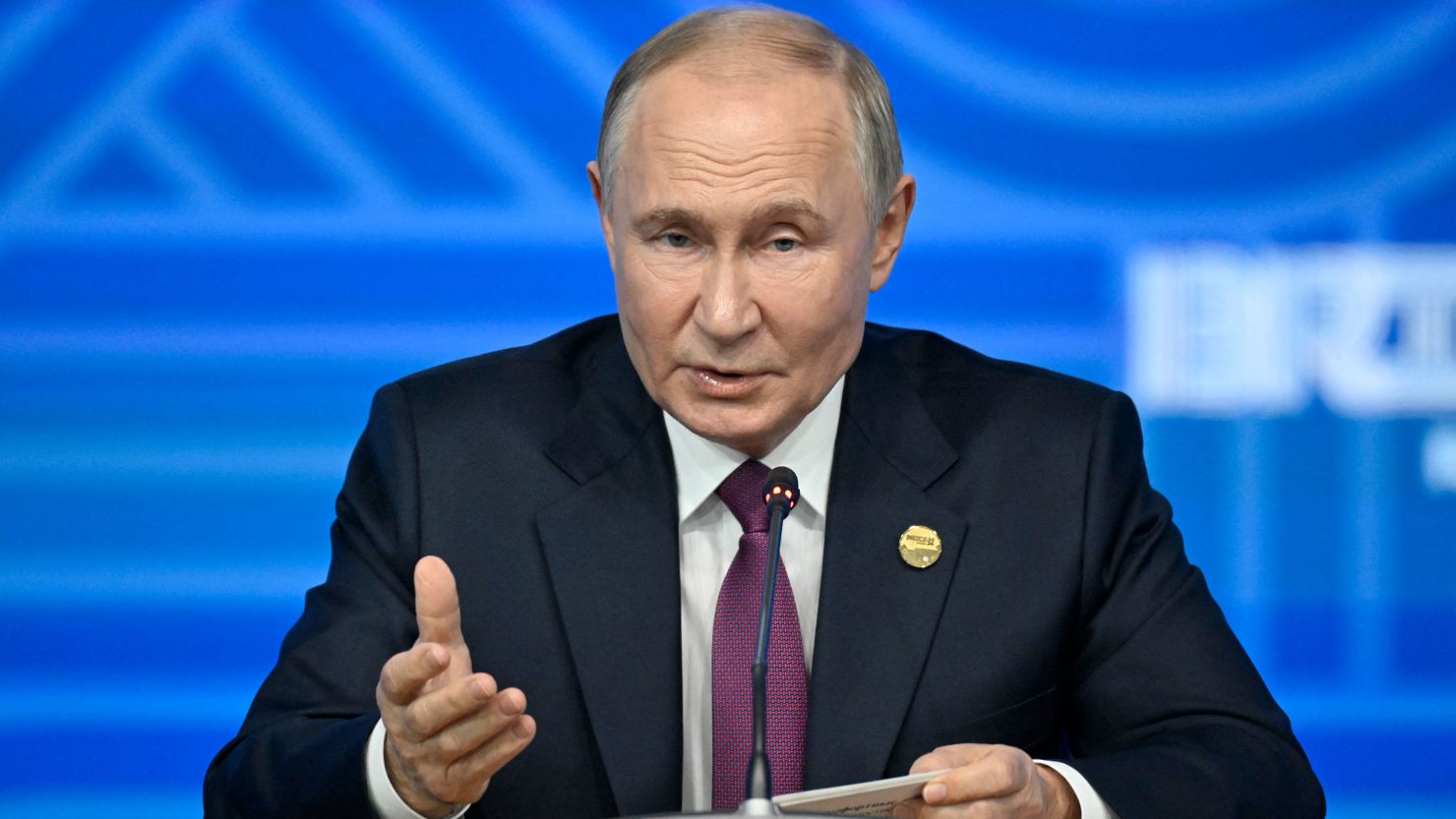On November 21, 2024, Russian President Vladimir Putin announced the successful test of the Oreshnik missile, an intermediate-range ballistic missile with capabilities designed to evade Western air defense systems. The missile’s first operational use targeted a military site in Dnipro, Ukraine, marking a significant escalation in the ongoing Russia-Ukraine conflict.
The Oreshnik Missile: A Game-Changer?
The Oreshnik missile, named after the Russian word for “hazelnut tree,” is a state-of-the-art weapon reportedly capable of reaching speeds up to Mach 10. This velocity allows it to maneuver unpredictably and potentially bypass current Western missile defense systems. Putin claimed the missile was specifically developed to counter U.S. and NATO air defenses, asserting its superiority in modern warfare.
“The Oreshnik can guarantee the security of our homeland against any aggression,” Putin declared during a televised address. He further emphasized that the weapon serves as a response to Ukraine’s increasing use of Western-supplied arms in strikes within Russian territory.
Fallout in Ukraine
The missile strike in Dnipro caused extensive damage to the targeted military facility, though details on casualties remain unclear. In the immediate aftermath, Ukraine’s parliament canceled its session scheduled for November 22, citing heightened security concerns amid the potential for further attacks.
Ukrainian officials condemned the missile strike as an act of aggression designed to intimidate and destabilize the nation. The attack coincided with drone strikes in Sumy, conducted by Russian forces, which resulted in multiple civilian casualties and added to the growing toll of the conflict.
NATO and Western Responses
The Oreshnik missile’s deployment has alarmed NATO members, with emergency talks scheduled to assess the implications of this advanced weapon. Pentagon officials confirmed that the missile is capable of carrying both conventional and nuclear warheads, raising the stakes of its use in the conflict.
One U.S. defense official, speaking anonymously, stated that the missile poses a “serious challenge” to current air defense systems, potentially necessitating new strategies to counter it.
Global Reactions and Escalating Tensions
The international community has expressed concern over the escalating violence and the introduction of a new, highly advanced weapon into the conflict. The European Union issued a statement calling for immediate de-escalation and emphasizing the need for diplomatic solutions. However, the Kremlin shows no sign of backing down, with Putin framing the missile’s development as a necessary defensive measure against Western interference.
Conclusion
As the conflict in Ukraine continues to evolve, the introduction of the Oreshnik missile represents a troubling development in modern warfare. With both sides doubling down on their strategies, the potential for further regional instability looms large. The international community will need to navigate this crisis carefully to prevent further escalation.
Sources
- AP News: Putin touts Russia’s new missile and delivers a menacing warning to NATO
- AP News: Ukraine’s parliament cancels session after Russia fired a new missile
- AP News: Putin says Russia attacked Ukraine with a new missile that he claims the West can’t stop

